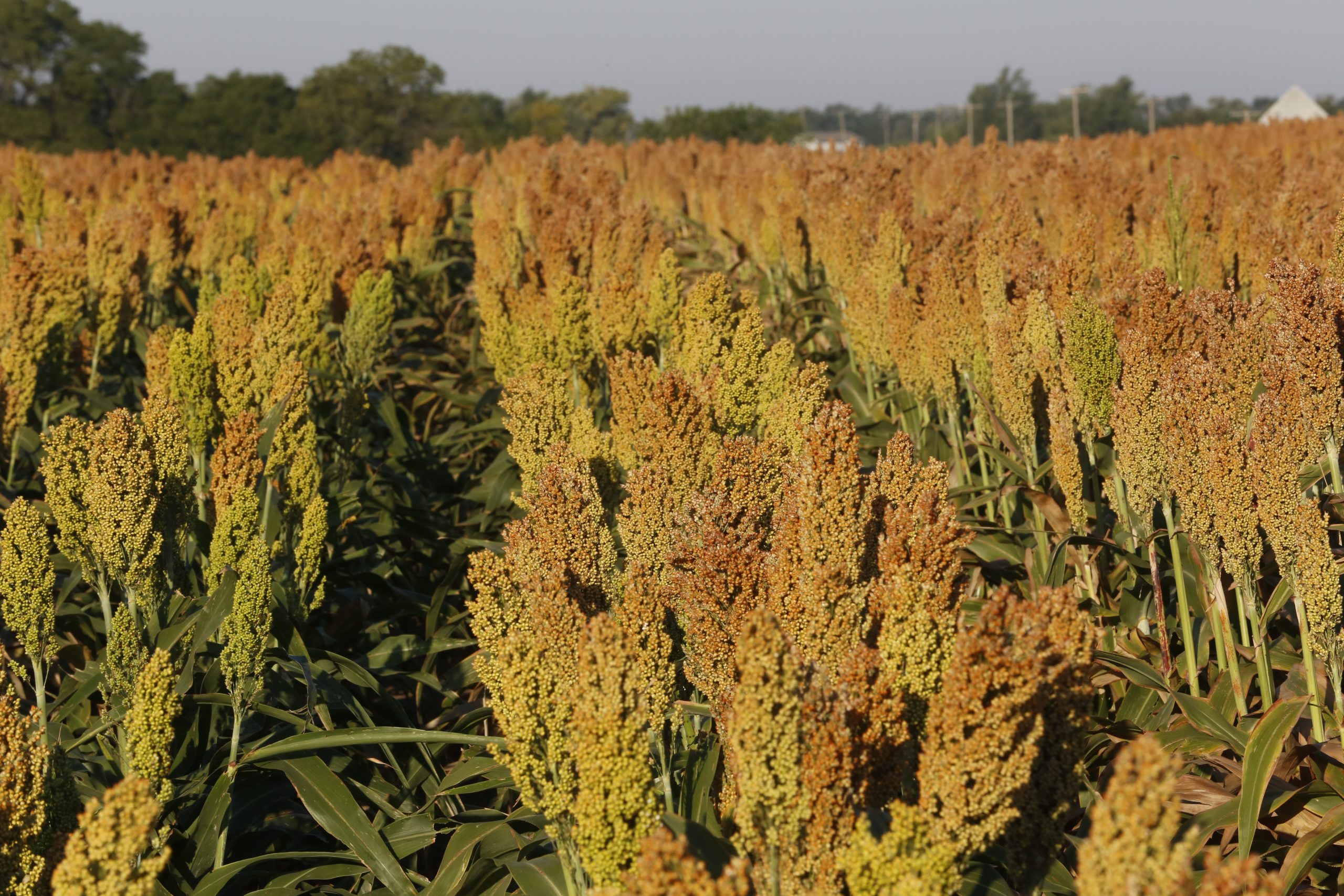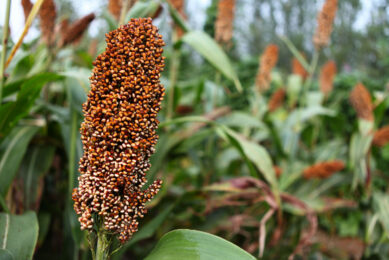Sorghum: A new ingredient for fish diets

Sorghum can replace cassava as a value ingredient in fish diets. This was shown from trials in Vietnam, commissioned by the US Grains Council (USGC).
The US Grains Council (USGC) reports that Vietnam produced an estimated 1.2 million tons of catfish in 2014, requiring an estimated 2.4 million tons of compound feed, traditionally sourced from locally-available cassava. However, the demand for cassava for aquaculture, swine and even fuel ethanol production has risen significantly while domestic production has not increased in the last five years, leading to concerns about supply and price.
To test the viability of substituting sorghum for cassava, the Council recently concluded in-country feeding trials, with support from the United Sorghum Checkoff Program, for Pangasius, a medium-large to very large catfish species native to Southeast Asia that is also called basa fish or bocourti. Sorghum is one potential ingredient to substitute for cassava as a source of starch for feeding Pangasius in Vietnam. Sorghum contains a reasonable amount of protein (10%), higher than cassava. Sorghum contains higher amino acids, similar to corn but relatively higher in tryptophan and threonine.
The trials were conducted at a private research farm in Vietnam and compared diets based on sorghum (20% inclusion rate), corn (10% inclusion rate) or cassava (15% inclusion rate). They concluded both grains could replace cassava as a source of starch for feeding Pangasius.
Results showed no difference between the sources of starch on growth performance, fillet colour or physical properties of feed pellets (density and floatability). Beyond starch, sorghum is also low in tannins and contains higher protein (more than 10% versus 2.5%) and amino acids (similar to corn) than cassava, particularly tryptophan and threonine.











